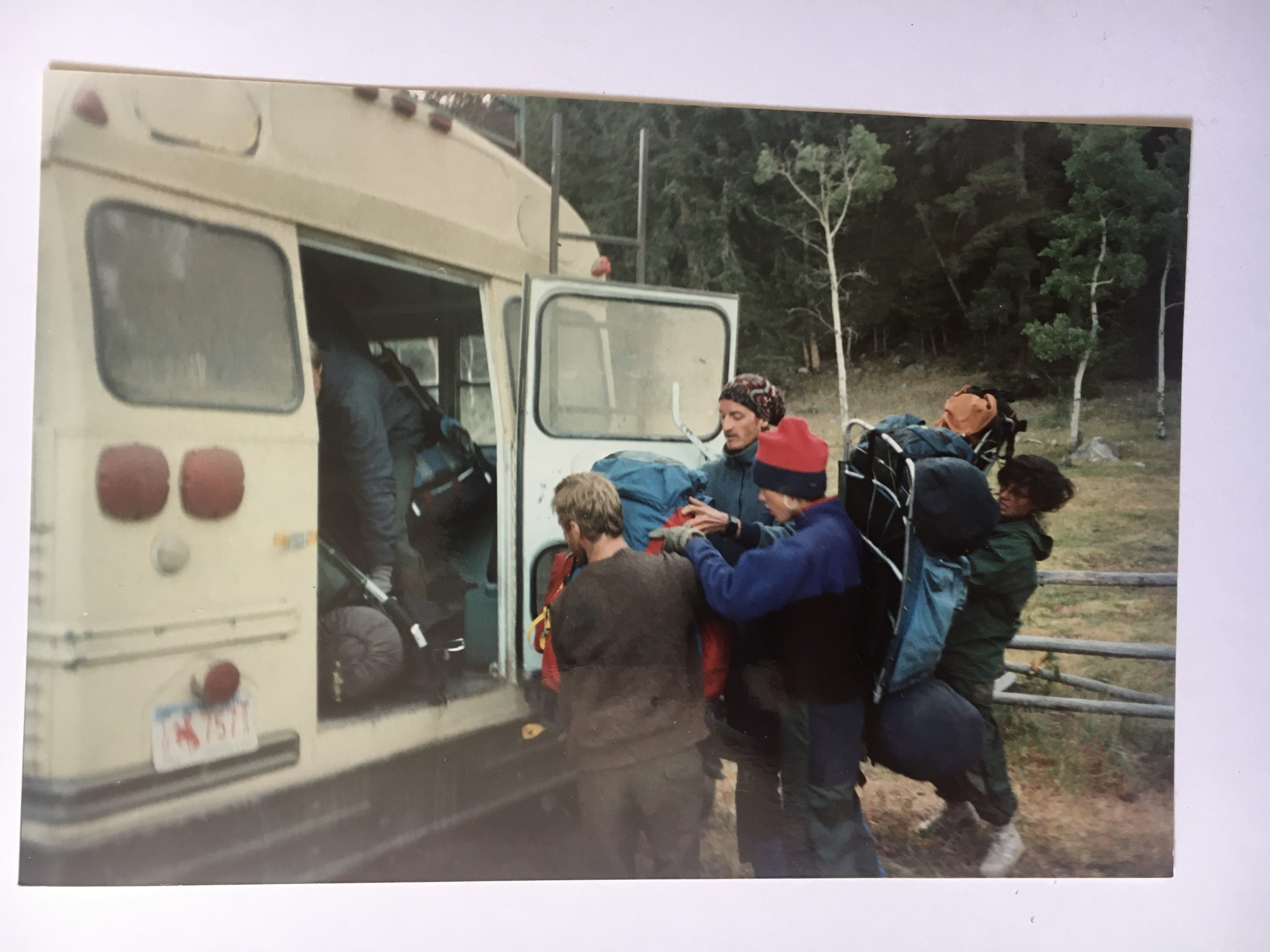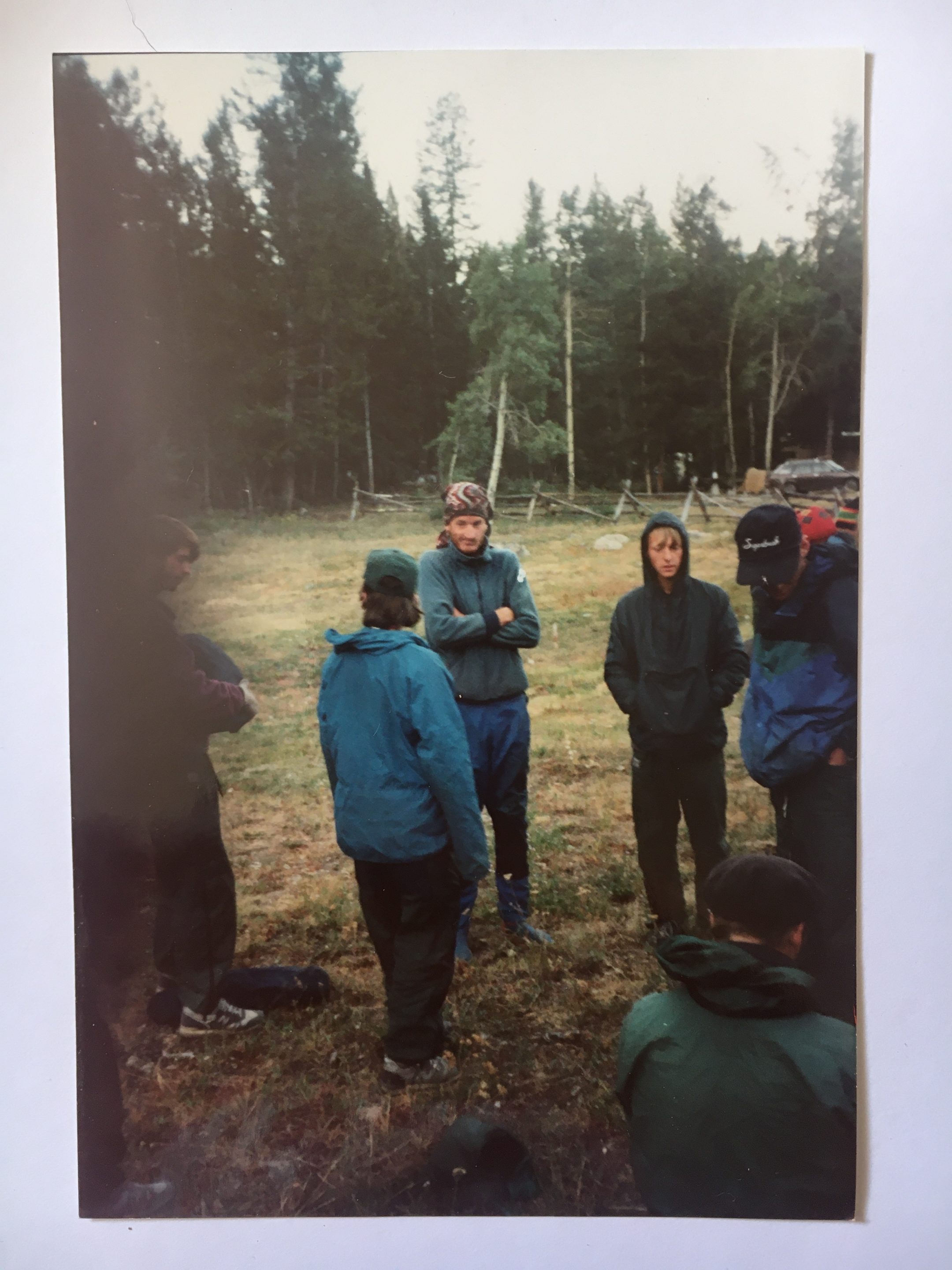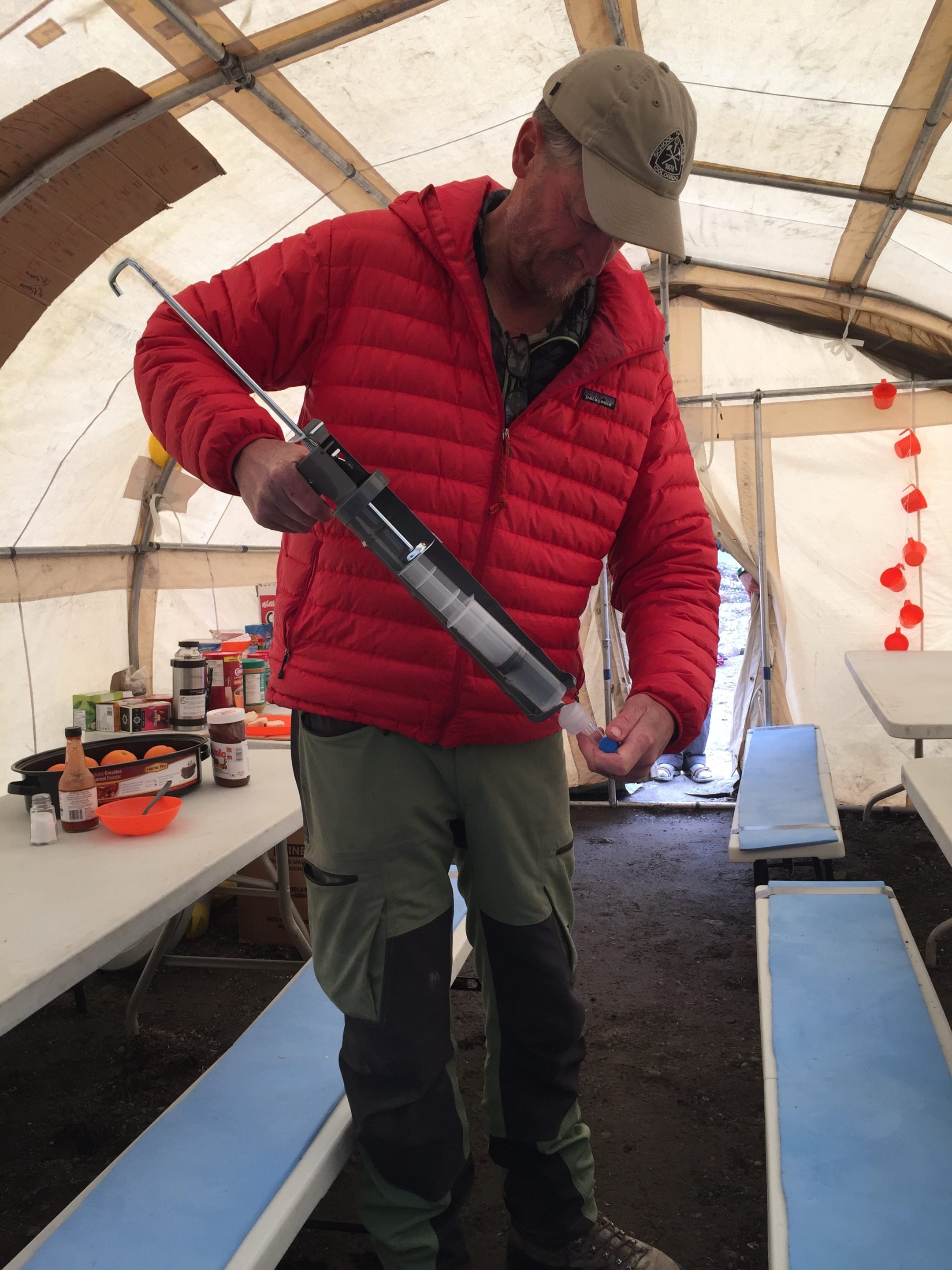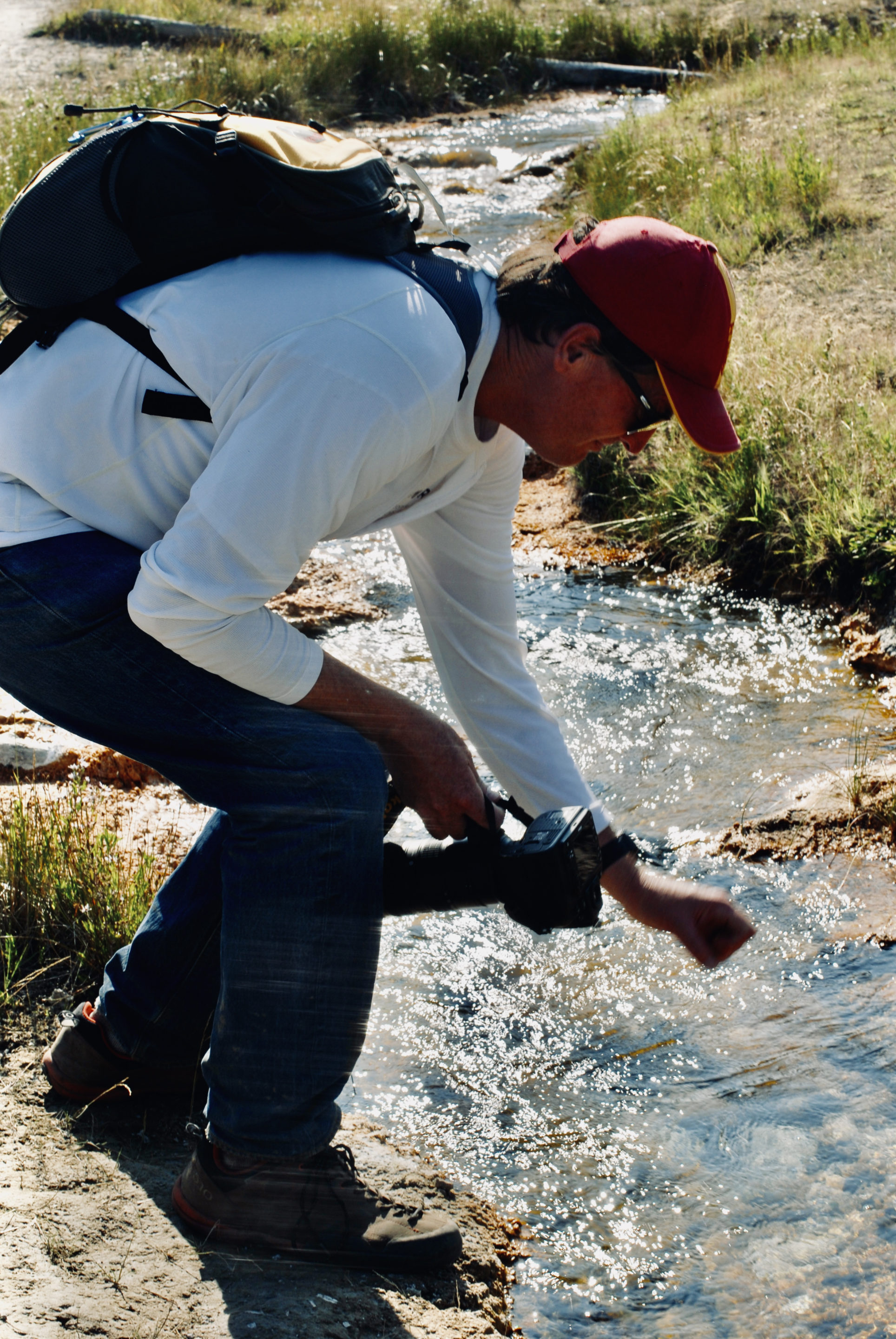Teaching
Teaching philosophy
My first real teaching experience began thirty-five years ago. I worked for an outdoor education school where the outdoors is the classroom. It was not typical teaching. Being able to talk about glaciology in front of a glacier, cave formation 10 miles underground, climbing 1500 feet up a wall, or group dynamics and teamwork during a mock rescue are all uniquely advantageous to both the student learning and the teacher teaching. The most important thing that I learned by teaching in this fashion is not only that I have a wide variety of ideas to convey but that I have new ideas to learn from those that I am teaching. To be a good teacher is not to have a one-way flow of ideas; there needs to be an effective interchange of ideas between both the student and the teacher.
Outdoor education was an excellent way for me to learn a personal philosophy of teaching. Outside, there is no chalkboard, no digital projector, no climate-controlled venue, and no roof over your head. This means that you talk in a normal tone of voice in one instant, and in the next, scream at the top of your lungs so the person in the back can hear you over the wind or the rain. It also means creative improvisation to convey a point with only what you have in front of you. For example, I have pulled some needles off of a pine bow (needles representing hydrogen atoms) to demonstrate the single/double bond characteristics of saturated versus unsaturated fatty acids for a nutrition class. Teaching outside means being able to convey a complex topic without the use of much visual aid. You have to paint a verbal picture from which the student can take away the message.
Why talk about all of this here? Because a college classroom is no different. You still have to paint a verbal picture, you still have to improvise and work with what is in front of you. You still have to understand your students. You still have to learn. To an extent, the classroom provides an extra benefit because you have access to the technology of a chalkboard, a digital projector, and a non-variable climate. With these tools present, however, I still like to concentrate on the fundamentals of good teaching. For example, when I am asked a question after explaining a point, I always think of another example to get the point across. Students have a wide range of learning styles (i.e., auditory, visual, kinesthetic) so I try to present information from several different perspectives and appeal to multiple intelligences. Being able to teach means knowing the subject, being able to talk about the subject, and understanding the audience who is listening. Though it is a challenge to do all of this in novel, remote, online learning ways, it can still be done–when necessary.
Listening is a problem in our society. We live in a sound-bite society where people have developed short attention spans. I feel that most people are willing to talk, some quite a bit more than others, but not many people care to listen and to listen carefully. This is where the two-way exchange of ideas comes into focus. A good teacher needs to get to know the audience. For me, that means listening. That in turn leads me to be able to facilitate individual learning – which is the heart of education. We all must have the ability to, and desire for, lifelong learning.
In every class I teach I employ the above philosophy, and from past evaluations, my students have respected my teaching philosophy. I am a believer in the premise that you cannot know a subject until you teach the subject. I also feel that you cannot just keep teaching the same subject; if you do, then you should always change the class. With the way research is progressing in nearly every area today, this is not hard. By accepting new ideas, learning about new subjects, delivering content in new ways (e.g., online and remote), and teaching new classes, there is a lot of learning to be done! I believe that daily current events can play a role in every class. There is not a day that goes by that I do not find some biologically related piece of news relevant to Environmental Biology, or a statistical point that I can incorporate into a graduate data analysis class. Not only does this allow for a further understanding of the class material, it allows for a further understanding of the world happening around us. This is what the college experience is all about!




Teaching Recognition
I thank the Colorado School of Mines graduating senior classes of 2020, 2019, 2013, 2012, 2007 and 2006 for recognition for the Faculty of the Year Award in Teaching.
courses taught
CEEN 302: Fundamentals of Environmental Science and Engineering II–Air and Waste
BIOL 415: Quantitative Biosciences and Engineering Field Session
HNRS 440: Explorations in International Studies and Global Affairs: Nepal
HNRS 445: The Evolution Revolution
HNRS 450: Unnatural Disasters
CEEN 460/560: Molecular Microbial Ecology and the Environment
CEEN 573: Reclamation of Disturbed Lands
CEEN 595: Analysis of Environmental Impact: The National Environmental Policy Act (NEPA)
CSM Senior Design: Various Projects in Various Countries
